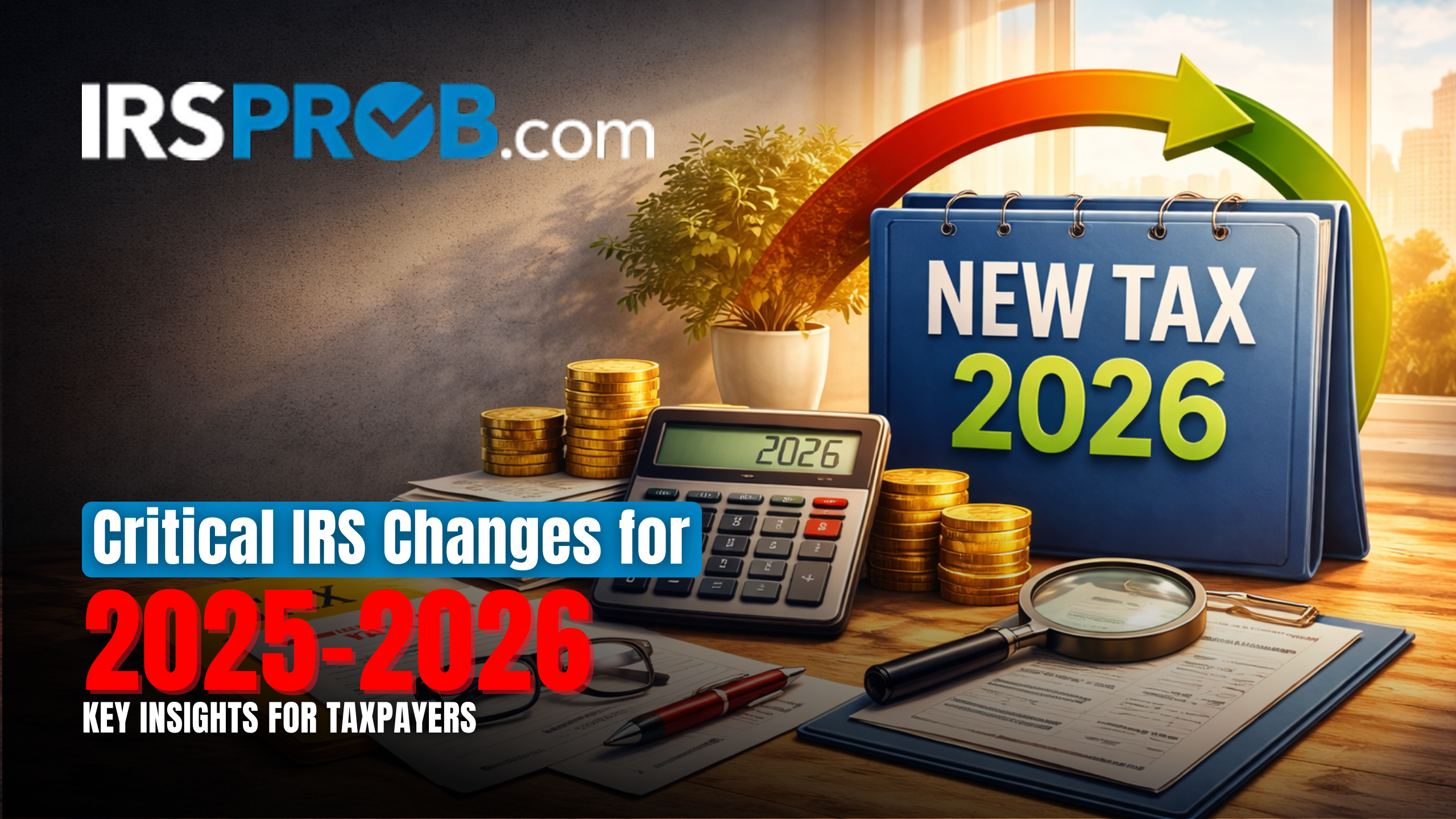[vc_row][vc_column][vc_column_text]
For 2022, lawmakers levy the self-employment tax at the painfully high rate of 15.3 percent on the first $147,000 of your net self-employment income: 12.4 percent for the Social Security tax component and 2.9 percent for the Medicare tax component.
The $147,000 Social Security tax ceiling is up from the $142,800 ceiling for 2021, and that ceiling will only worsen. Above the $147,000 Social Security tax ceiling, the Medicare tax component of the self-employment tax continues at a 2.9 percent rate before increasing to 3.8 percent at higher levels of net self-employment income, up to infinity, thanks to the 0.9 percent additional Medicare tax. Say your self-employed Schedule C income for 2022 will be $200,000. After multiplying the $200,000 x 92.35 percent on your Schedule SE, you find that your 2022 self-employment tax bill will be a whopping $23,584.1 The Social Security Administration forecasts that the Social Security tax component of the self-employment tax will quickly get much worse. Have you reached the self-employment tax tipping point? If so, this article shows you how to cut employment taxes
with an S corporation.
For W-2 compensation paid in 2022 to an S corporation employee, including an employee who also happens to be a shareholder, the FICA tax rate is 7.65 percent on the first $147,000: 6.2 percent for Social Security tax and 1.45 percent for Medicare tax. Above $147,000, the FICA tax rate on the employee drops to 1.45 percent because the 6.2 percent Social Security tax component cuts out. But the 1.45 percent Medicare tax hits compensation up to infinity, increasing to 2.35 percent at higher compensation levels thanks to the 0.9 percent additional Medicare tax. On the S corporation employer side, the S corporation employer pays the same Social Security and Medicare tax
that the W-2 employee does. Therefore, the combined FICA and employer rate for the Social Security tax is 12.4 percent, and the combined rate for the Medicare tax is 2.9 percent, increasing to 3.8 percent at higher compensation levels—this is the same as the corresponding self-employment tax rates. That’s the bad news.
The good news is that only the W-2 wages the S corporation pays to the shareholder-employee suffer federal employment taxes. The S corporation deducts the W-2 wages; passes the remaining taxable income to the shareholder who reports the income on his Form 1040; and makes cash distributions to the shareholder. The passed-through S corporation taxable income increases the tax basis of a shareholder’s stock; therefore, distributions of corporate cash flow are usually federal-income-tax-free.
This tax regime places S corporations in a potentially more favorable position than equivalent businesses conducted as sole proprietorships, single-member LLCs that are treated as sole proprietorships for federal tax purposes, partnerships, and multi-member LLCs that are treated as partnerships for federal tax purposes. That’s because S corporations can follow the tax-smart strategy of paying modest salaries to shareholder employees while distributing most or all of the remaining corporate cash flow to them in the form of federal employment-tax-free distributions.
Running your business as an S corporation and paying yourself a modest salary can mean a reduced capacity to make deductible contributions to your tax-favored retirement account. If your S corporation maintains a SEP or garden-variety profit-sharing plan, the maximum annual deductible
contribution for a shareholder-employee is limited to 25 percent of salary.
Thus, the lower the salary, the lower the maximum retirement contribution.
It may not be necessary to go through the legal step of incorporation to convert an existing domestic LLC into an entity that will be treated as an S corporation for federal tax purposes. That’s because the IRS allows a single-member LLC or multi-member LLC that otherwise meets the S corporation
qualification rules to elect S corporation status simply by filing Form 2553. In this scenario, there’s no need to file a second Form 8832 to reclassify an electing single-member or multi-member LLC into S corporation status.
The existing LLC’s election for treatment as an S corporation must be made by filing Form 2553 no later than two months and 15 days after the beginning of the tax year for which the election is to take effect.
To convert an existing sole proprietorship or partnership into an S corporation, you must first form a corporation under applicable state law and contribute business assets to the new corporation as necessary. Then, you make an S election for the new corporation by filing Form 2553 no later than two months and 15 days from the date of incorporation.
An S corporation can serve as a vehicle for mitigating federal employment taxes. The IRS is aware of this strategy, and the tax-saving advantage is lost if the government successfully asserts that S corporation cash distributions paid to you are disguised salary payments. Then the corporation can be hit with back employment taxes, interest, and penalties. Twenty years ago, a Treasury Inspector General for Tax Administration report said IRS auditors should be devoting substantial attention to the issue of understated compensation for S corporation shareholder-employees. IRS audit statistics show that has not happened. Audit rates for S corporations are still microscopic. According to the 2021 IRS Data Book, S corporation returns for the 2018 tax year were audited at a rate of 0.65 percent. That’s about 3 audits for every 500 returns. While the audit risk for your S corporation may be minimal, you should still be prepared to defend stated shareholder-employee salary amounts as being reasonable for the work performed.
There have been a number of court decisions on the subject of paying modest salaries to S corporation shareholder-employees to mitigate federal employment taxes. These decisions make it clear that purported S corporation cash distributions can be recharacterized as disguised shareholder-employee compensation when stated compensation payments are unreasonably low. The decisions are not as illuminating as we would like because they involve egregious compensation understatements.
For a shareholder-employee of a C corporation, federal payroll taxes are due only on compensation payments—the same as with an S corporation. But most payouts of C corporation cash flow are taxable dividends that get hit with the dreaded double taxation— where amounts paid out as dividends are taxed once at the corporate level and again at the shareholder level. So, as a general rule, you don’t want to use a C corporation where the corporation pays out most or all of its corporate cash flow to shareholders.[/vc_column_text][us_image image=”3656″][/vc_column][/vc_row]






